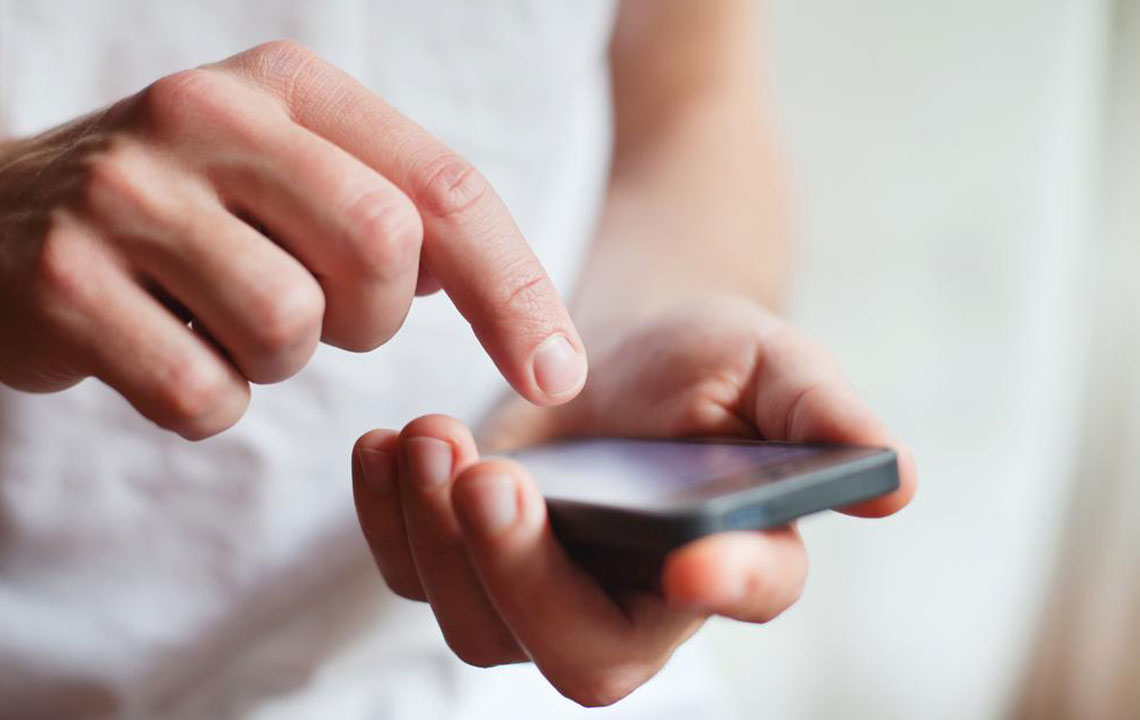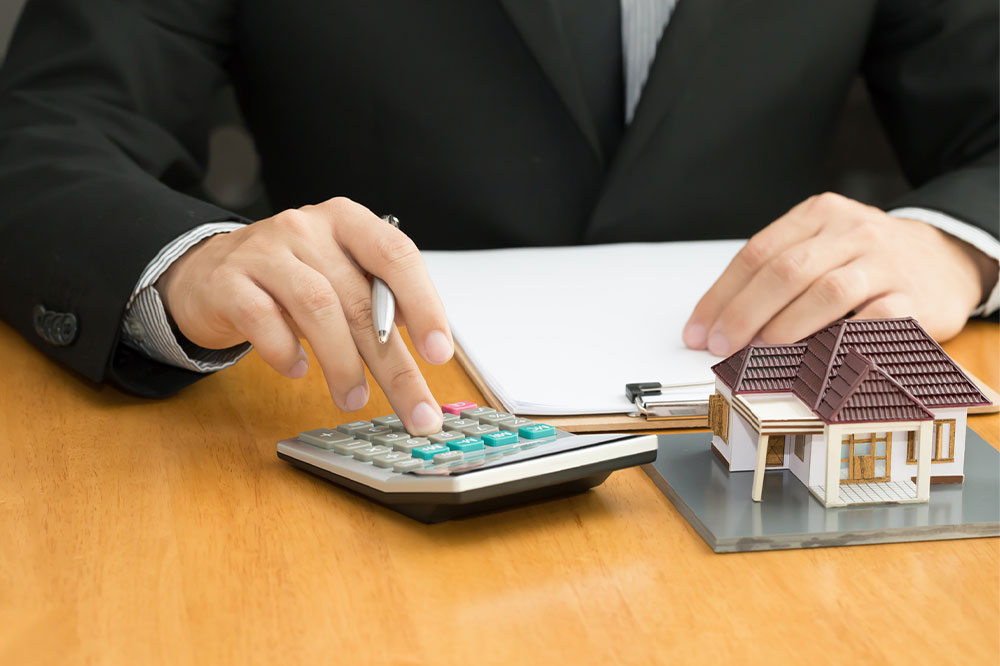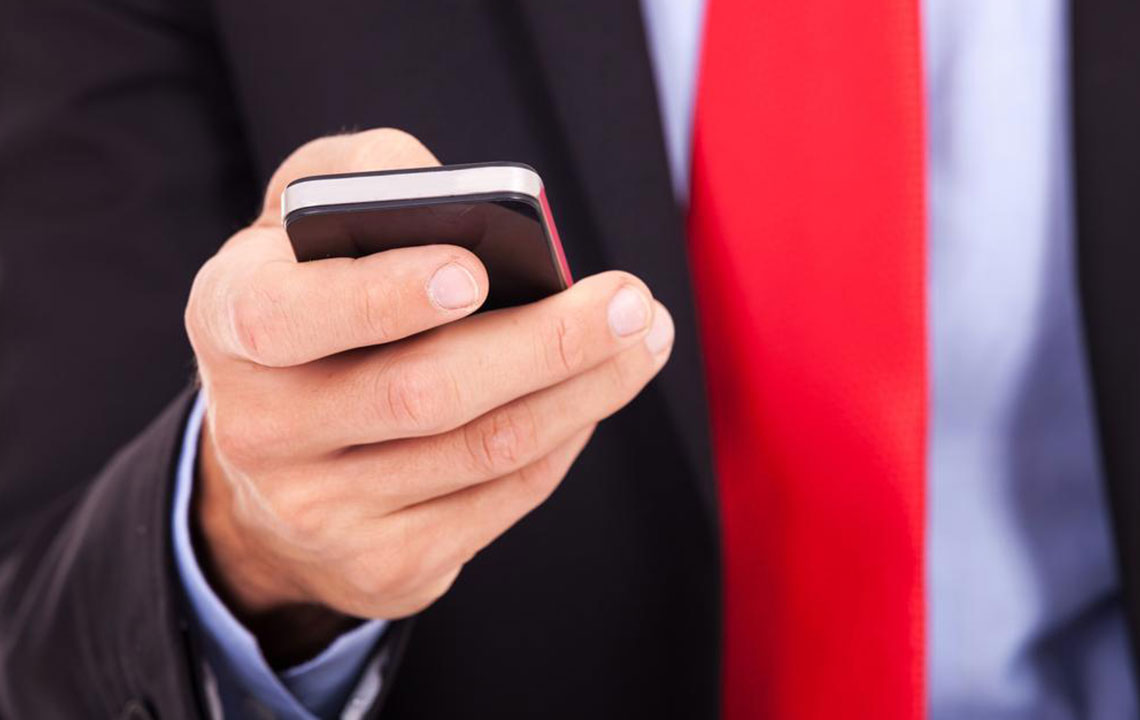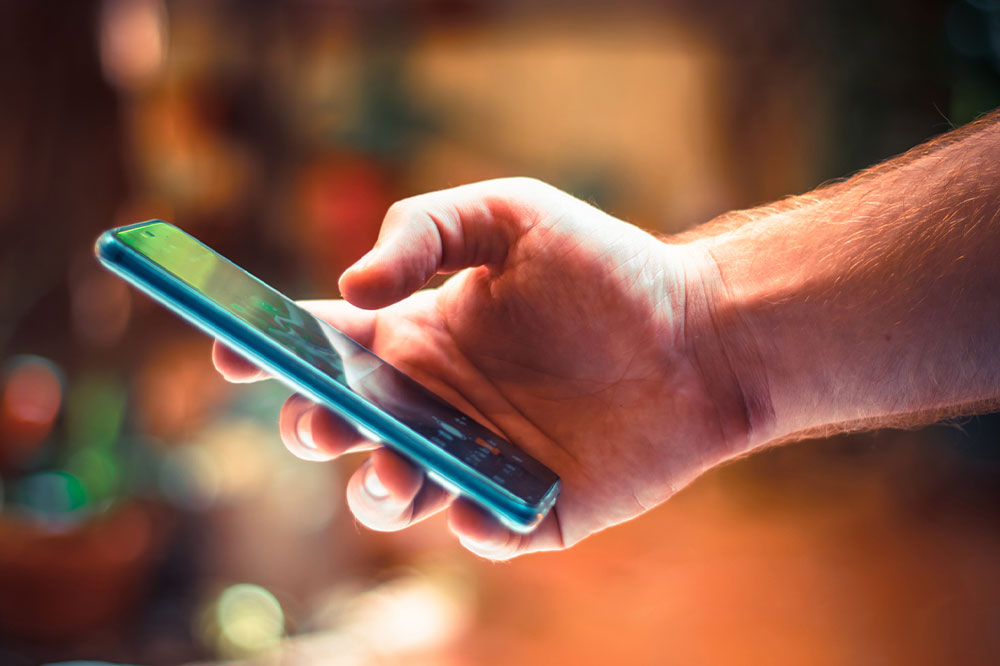Comprehensive Guide to the Government-Provided Free Cell Phone Program
This comprehensive guide explores the government’s free cell phone program, a vital initiative that offers affordable mobile connectivity to low-income Americans. Learn about its history, enrollment process, and benefits of staying connected in today’s digital world to promote greater social inclusion and economic opportunity.

Comprehensive Guide to the Government-Provided Free Cell Phone Program
In our increasingly connected world, having reliable access to a mobile device is no longer a luxury but a necessity. Smartphones and mobile phones serve as vital tools for everyday communication, accessing news and information, entertainment, health and fitness tracking, reminders, and even emergency contacts. Recognizing the importance of bridging the digital divide, government initiatives have been launched to ensure that underserved populations are not left behind. One such impactful initiative is the free government cell phone program, designed to provide affordable or free mobile devices to qualifying individuals, guaranteeing everyone the opportunity to stay connected in today’s digital landscape.
What is the Free Government Cell Phone Program?
This program is a key component of the Lifeline Assistance scheme, a federal initiative aimed at making communication services more accessible to low-income households. It offers eligible participants a complimentary mobile device paired with basic calling and texting features, often including a set number of minutes and texts—sometimes unlimited—at no cost. The primary goal is to promote digital inclusion, foster economic opportunities, and ensure that all Americans have the means to communicate effectively, especially during emergencies.
All services provided under this initiative are completely free of charge, aiming to eliminate traditional barriers to communication.
Historical Background and Program Evolution
Originally launched in the 1990s by the Federal Communications Commission (FCC), the Lifeline program was initially designed to support landline telephone services for low-income Americans. In the early 2000s, as mobile technology rapidly grew in popularity and importance, the program expanded to include mobile phones, reflecting a broader shift towards wireless communication. This transition was funded through the Universal Service Fund, a federally managed pool of resources designed to promote digital equity across the country. Over time, the program earned the nickname “Obama phone,” symbolizing its recognition and significance among millions of Americans who rely on it daily.
Current Beneficiaries and Reach
Today, the program supports approximately 12 to 15 million Americans, providing them with the tools necessary for effective communication. These beneficiaries include individuals from various backgrounds, including seniors, students, unemployed individuals, and those living in rural or underserved urban areas. By bridging the digital divide, the program aims to empower individuals, promote social inclusion, and support economic growth in marginalized communities.
If you are eligible for this program, enrolling is a straightforward process that can significantly enhance your connectivity and access to essential services.
How to Enroll in the Program
To participate, you need to contact an authorized Lifeline service provider authorized by the Federal Communications Commission (FCC). Some of the most prominent providers include:
Assurance Wireless
Safelink Wireless
Budget Mobile
Although plan specifics may vary from provider to provider, the core services—free phone, free monthly minutes, and texts—remain consistent across all authorized agencies. It’s recommended to research and compare available plans within your area to select the most suitable option that meets your communication needs.
Important Tips and Considerations Before Applying
Before you complete your application, consider the following points:
Verify your eligibility status by checking income criteria or participation in other assistance programs such as SNAP or Medicaid.
Explore different providers to find the plan that offers the best combination of features and coverage in your geographical area.
Most providers tend to supply refurbished feature phones; if you need a smartphone, inquire about availability, as options are limited but gradually improving.
Ensure your documentation is up-to-date, such as proof of income, residency, or participation in qualifying assistance programs.
Remember that this program is designed to be a supplement, not a replacement, for your existing service if you already have a plan.
Participating in the government’s free cell phone program can be a transformative step towards greater independence, opportunity, and safety. Whether for emergency communication, staying in touch with loved ones, or accessing vital information, this initiative helps bridge the digital gap and brings essential connectivity to those most in need. As digital communication becomes more integrated into daily life, programs like these ensure that no one is left behind in the digital age, fostering a more inclusive and connected society.





